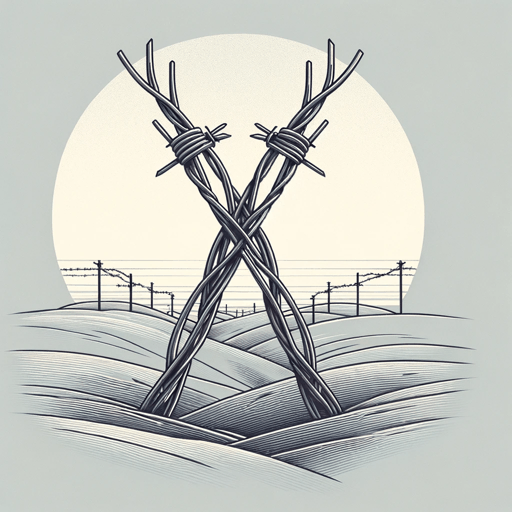53 pages • 1 hour read
John KeeganThe First World War
Nonfiction | Reference/Text Book | Adult | Published in 1999A modern alternative to SparkNotes and CliffsNotes, SuperSummary offers high-quality Study Guides with detailed chapter summaries and analysis of major themes, characters, and more.
Key Figures
John Keegan
John Keegan was one of the most prominent British military historians of the 20th and early 21st centuries. As a child, Keegan had dreamed of being a soldier, joining in a long line of veterans in his family, but he contracted tuberculosis and was rendered physically unfit for service. After working as a reporter during the Lebanese Civil War, he began writing books about war, ultimately producing more than 20. Many of his books cover specific conflicts and theaters, such as Six Armies in Normandy (1982), The Second World War (1989), The Iraq War (2004), and The American Civil War (2009). Other books dealt with more thematic aspects of war, such as the nature of military leadership in The Mask of Command (1987) and its cultural roots in A History of Warfare (1993). Keegan’s most admired book is The Face of Battle (1976), which vividly describes the experience of soldiers in three of the most important battles in British military history: Agincourt, Waterloo, and the Somme. He worked for 25 years as a lecturer at the Royal Military Academy in Sandhurst. His book on the First World War proved controversial among historians for its opening contention that it was a “tragic and unnecessary conflict” (3), with others arguing that while it was certainly tragic, it was unavoidable.

